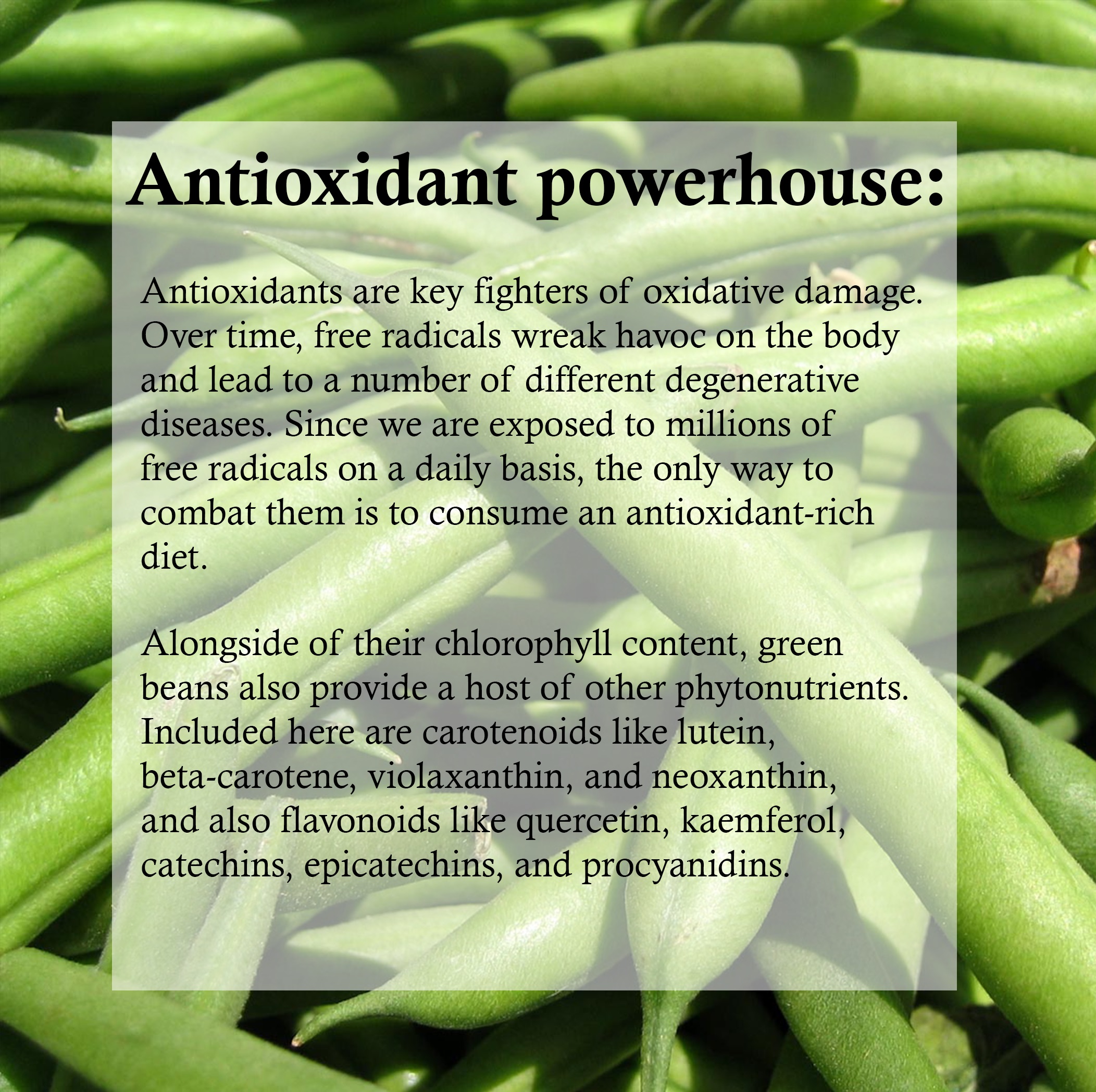
Fall Beans
3,000 pounds of green beans! That is a lot of handpicked and hand selected nutrition. This has been an incredible farm season. The weather was manageable. It wasn’t too hot, it wasn’t too cold, and most rain events were welcomed. The smoke? Not so much!
Now that we are transitioning to Fall, the farm work shifts to putting the farm to “bed”. We are actively working ground that we are rotating to pasture that will be hayed for the next 3-5 years. We are also prepping the ground for garlic that we hope to plant in two weeks.
Speaking of garlic, this year’s crop was so good, large flavorful bulbs. I use garlic all the time for cooking. If I am roasting potatoes, beets, onions, or all of the above, I always toss in a few cloves. If I am sautéing or making a stir fry, I slice the garlic much like slivered almonds. And if I want to intensify the flavor of soup, I will mince it or use the garlic press add it that way. I am a big fan of garlic.
And since we are talking about garlic, John and I have decided to grow next year’s crop in hills that are going to be about 10” tall and 15” across the top. We are hoping that this will make it easier to harvest them next year. I am always tinkering and trying to find the best way to harvest or plant or just have a little less work.
Back to the farm, we are picking our last planting of green beans this week and next week. Fall beans tend to come on slower and yield a little less, but they also tend to hold a little longer on the vine than the summer plantings. A lot of growers will plant different varieties of the same crop at different times throughout the year. We see this with sweet corn where they want to stagger the harvest or tree fruit where you plant an early August apple, followed by a September apple.
Unfortunately, Organic growers, when it comes to green beans, have less options. But the Strike Bean seed happily grows from May – Frost and this year it did not disappoint. Beans are my go to snack when I am in the field – crisp, tender green beans.
Bon Appetit,
Thanks for eating Klesick Farms green beans and garlic! Tristan




